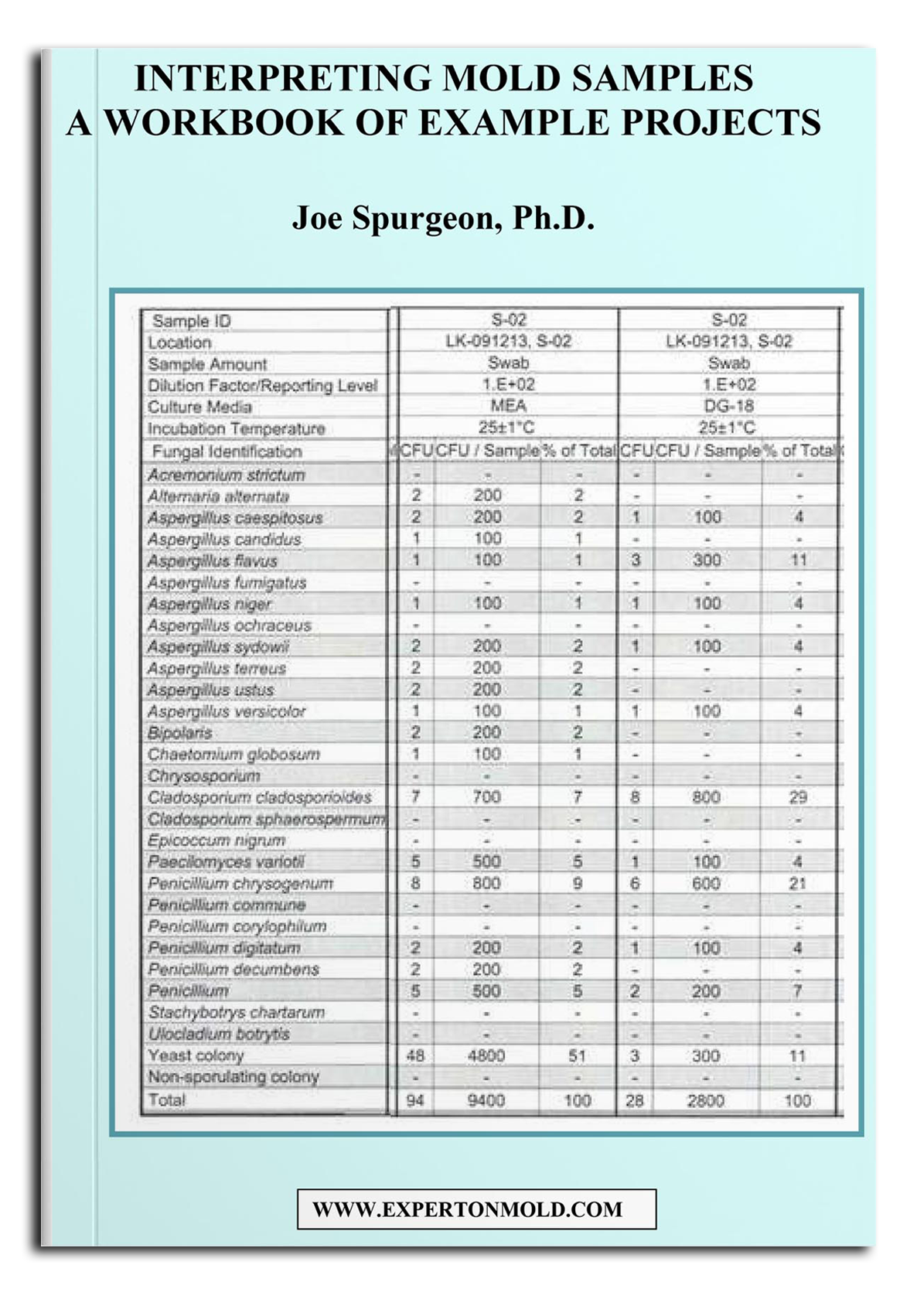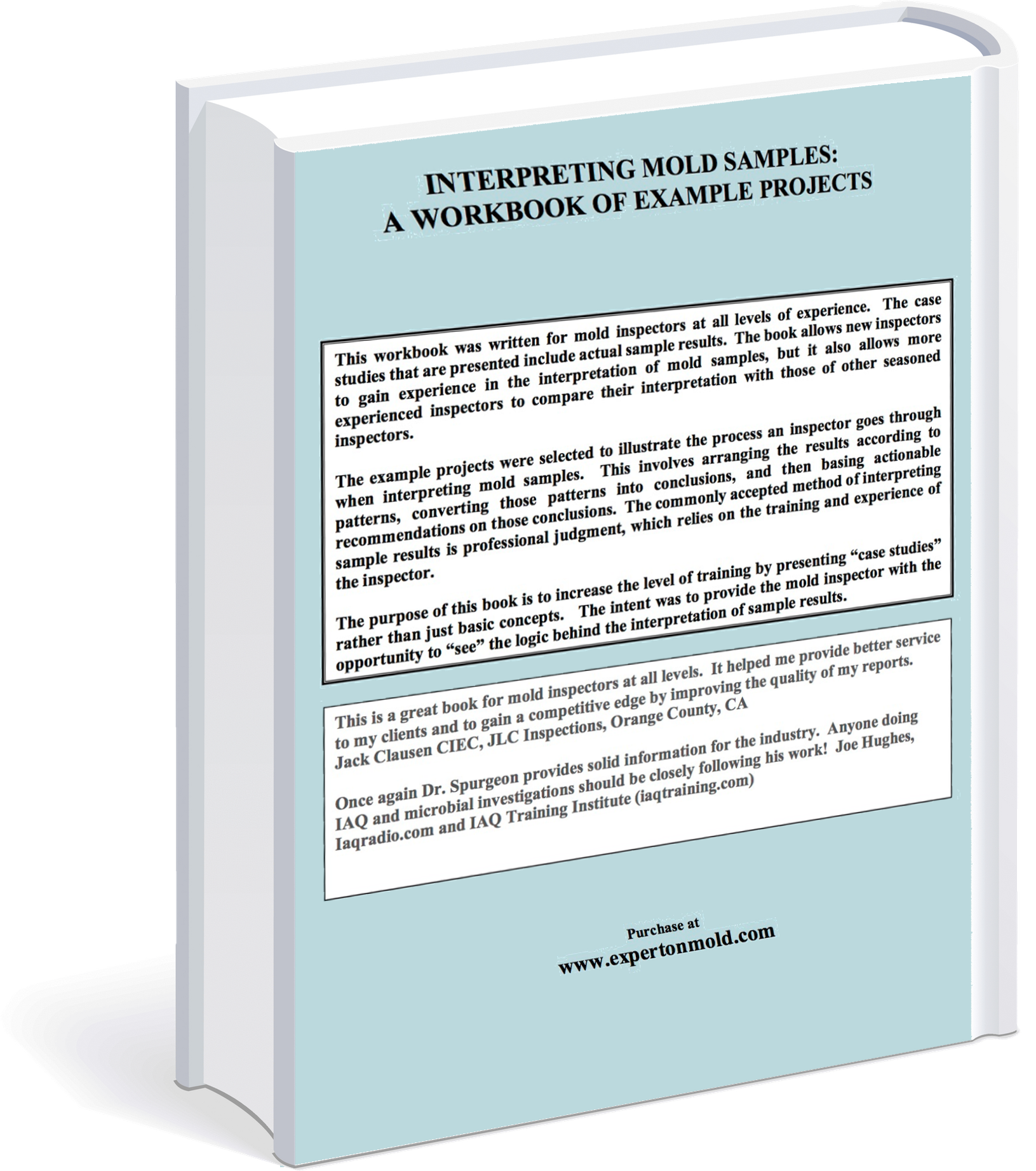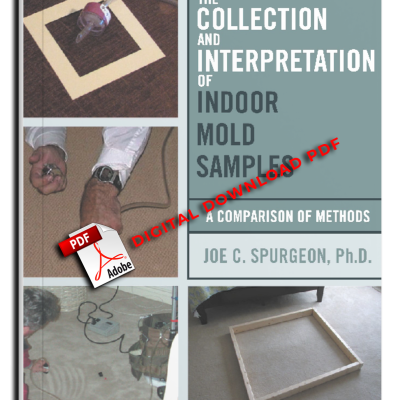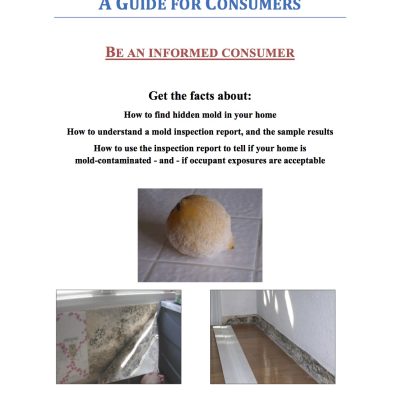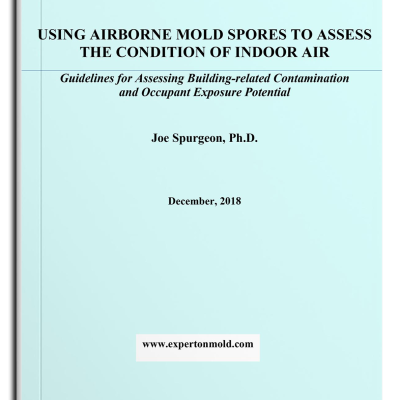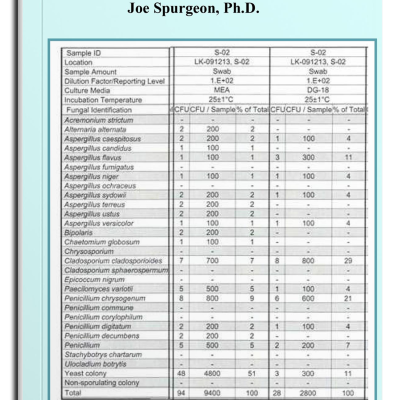Description
This workbook was written for mold inspectors at all levels of experience. The case studies that are presented include actual sample results. The book allows new inspectors to gain experience in the interpretation of mold samples, but it also allows more experienced inspectors to compare their interpretation with those of other seasoned inspectors. The example projects were selected to illustrate the process an inspector goes through when interpreting mold samples. This involves arranging the results according to patterns, converting those patterns into conclusions, and then basing actionable recommendations on those conclusions. The commonly accepted method of interpreting sample results is professional judgment, which relies on the training and experience of the inspector. The purpose of this book is to increase the level of training by presenting “case studies” rather than just basic concepts. The intent was to provide the mold inspector with the opportunity to “see” the logic behind the interpretation of sample results.
Table of Contents
SECTION 1: BASIC CONCEPTS Introduction 1
Sampling Methods and Procedures 2
Results and Conclusions 3
Preparing Results for Interpretation 4
Rank Order of Fungi 5
The Sampling Plan 7
SECTION 2: EXAMPLE PROJECTS
EXAMPLE 01: The Sampling Rationale 13
EXAMPLE 02: Can the date of sample collection affect the results? 14
EXAMPLE 03: Was the humidity in the bathroom affecting the contents? 16
EXAMPLE 04: Was the coastal environment the source of indoor spores? 17
EXAMPLE 05: Was damage due to the water intrusion or another source? 17
EXAMPLE 06: Which specific areas were affected by a sub-slab leak? 18
EXAMPLE 07: Slab moisture – test the carpet/pad or the slab? 20
EXAMPLE 08: Were components of the air delivery system contaminated? 22
EXAMPLE 09: Were contaminant fungi affecting the boy’s bedroom? 23
EXAMPLE 10: Can the carpet be cleaned, or should it be discarded? 24
EXAMPLE 11: Was carpet dust a potential source of occupant exposure? 25
EXAMPLE 12: Were bird droppings on the porch affecting the indoors? 26
EXAMPLE 13: Was the mold remediation performed correctly? 27
EXAMPLE 14: Was the mold remediation performed correctly? 28
EXAMPLE 15: Was the mold remediation performed correctly? 31
EXAMPLE 16: Was hidden mold not detected during remediation? 33
EXAMPLE 17: Report Asp/Pen spores as “total” or by type? 36
EXAMPLE 18: Can damage be allocated based on type of Asp/Pen spores? 37
EXAMPLE 19: Can all short-term airborne samples be interpreted? 39
SECTION 3: THE LABORATORY REPORT Introduction 41
Common Methods of Analysis 41
The Laboratory Report 44

